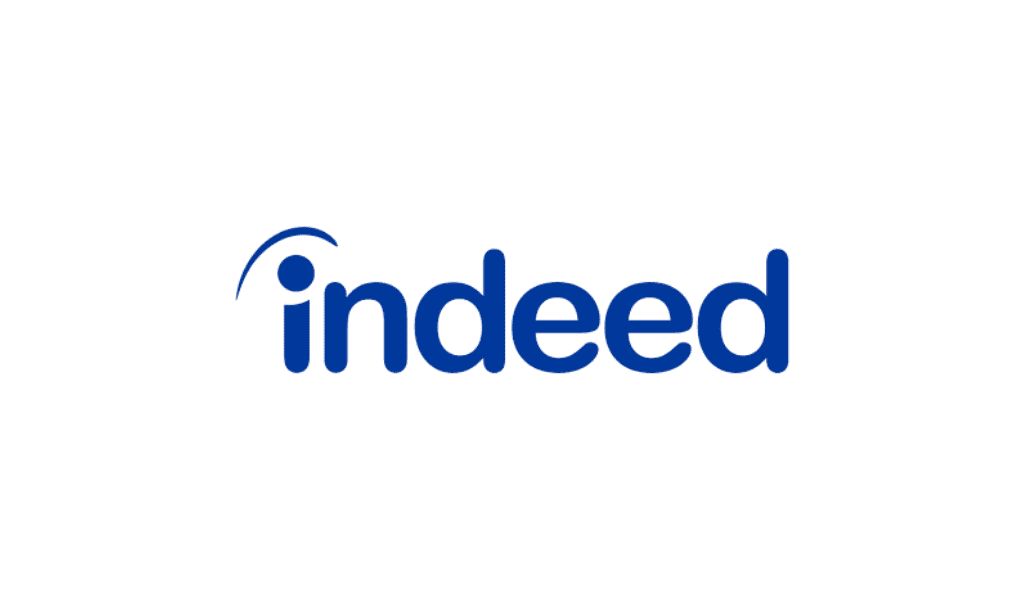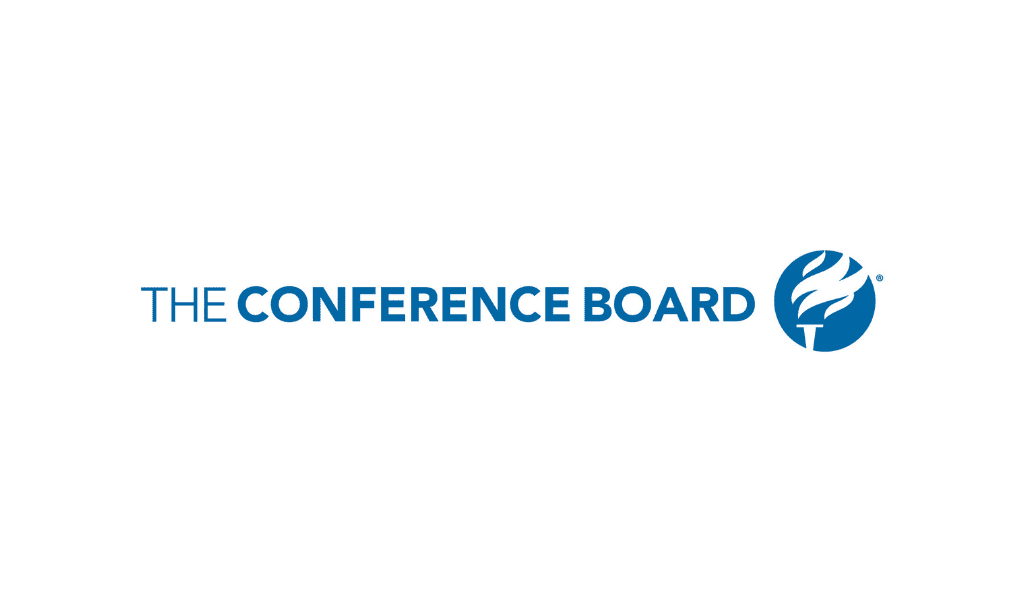Over the past couple of years, companies have invested heavily in workplace health and wellness programs (HWPs). According to health and productivity research nonprofit Integrated Benefits Institute (IBI), there is a significant disconnect between program availability and employee utilization.
IBI surveyed over 900 employers and employees to understand their perspectives on HWPs. Findings indicate that employers generally believe in the efficacy and importance of these programs. However, employees express lower perceived value and participation rates, highlighting a mismatch between the programs and employee needs.
Half (49.8%) of employees say they are aware of their employers’ health and wellness programs, while 64% of employees who are aware of the programs utilize them. The top reasons for employee participation include improving physical health (65.2%), enhancing mental well-being (54.7%), and managing stress (50.9%).
Most employers (86.2%) indicate they offer health and wellness programs, showing a strong commitment to their employees’ well-being. Over 80% of these organizations consider employee health very important and over 65% view their company as “very responsible” or “extremely responsible” towards employee health and wellness.
Mental health programs are the most common, offered by 68% of employers, followed by preventative health screenings, financial wellness programs, and physical activity programs. However, employers report that they struggle with low participation in most program types—including 63% reporting low participation in weight loss, nutrition (50%), and mental health (56%). Employees’ major barriers to participation include a lack of time (60.9%), limited interest in offerings (36.9%), and lack of awareness and access (34.2%).
The disparities between employer and employee responses illustrate that employers overestimate some aspects regarding the use and satisfaction of wellness programs. Employers tend to overestimate high satisfaction levels, anticipating that nearly half of employees would be very satisfied with the programs, while only a quarter of employees report such high satisfaction levels.
“Health and wellness programs are a core component of many employer-sponsored benefit programs,” says Jim Huffman, president and CEO of IBI. “Much has been invested to help mitigate the risks of preventable medical conditions, yet the programs are not fully utilized by eligible employees. This valuable research sheds light on some of the underlying challenges that stand in the way of full engagement.”
Overall, employers generally have a more positive perception of their employees’ health in all four categories—physical, mental, financial, and social—compared to the assessment of the employees surveyed. The disconnect, primarily in financial and mental health aspects, suggests that employers may need to reassess and align their strategies to better support their employees’ actual health concerns and needs.
“As organizations invest significantly in health and wellness programs, it is crucial to bridge the gap between availability and actual employee participation,” says Sera-Leigh Ghouralal, researcher at IBI. “Our research highlights that tailored communication strategies, leadership support, and culturally sensitive initiatives are key to fostering a healthier, more engaged workforce.
By implementing these evidence-based strategies, organizations can significantly enhance HWP participation rates while fostering a healthier, more engaged and productive workforce.













